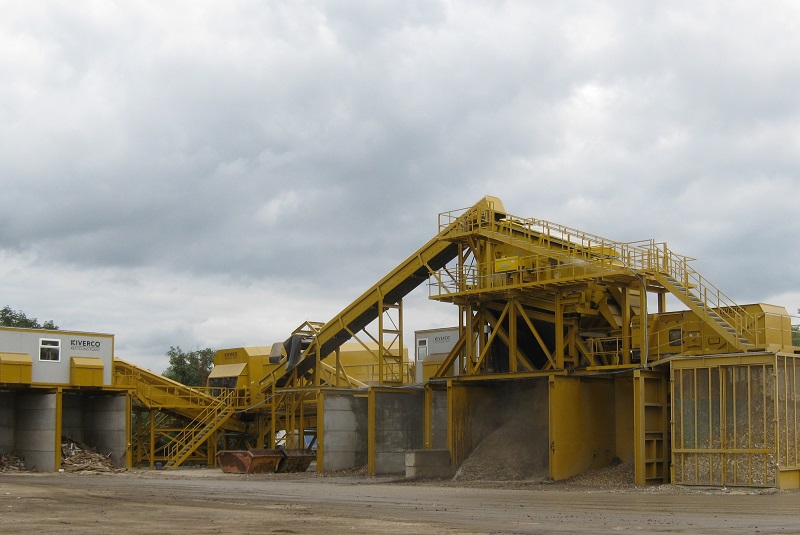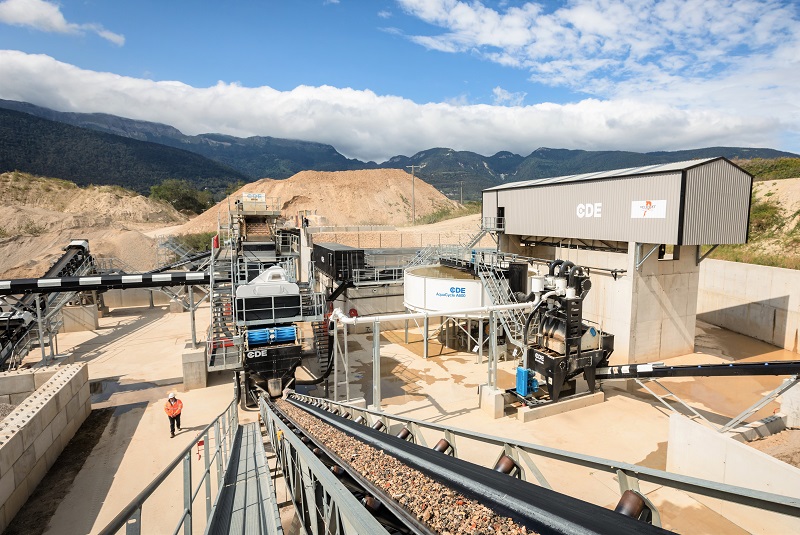
On 4 August this year, 3,000 tons of ammonium nitrate stored at the port of Beirut detonated in a huge explosion that caused at least 200 deaths, injured 6,500, and left an estimated 300,000 homeless. In addition to the human toll, the accident caused massive property damage valued at 10 to 15 billion dollars US. UNESCO reported that 8,000 buildings in the city were damaged. Other estimates say the total could be as high as 30,000. Some 640 heritage buildings are said to have been destroyed entirely, and 60 more are at risk of collapsing.
While the immediate need is to consolidate and waterproof to reduce the risk of further damage, there is another potential – and largely invisible – hazard threatening the city’s residents, one that could cause high levels of illness and death in the future: asbestos. Known as the “magic mineral” because of its resistance to heat, fire, and chemical and biological breakdown as well as its tensile strength and ability to be woven into fabric, asbestos was used extensively in construction materials prior to the 1970s.
 Unfortunately, asbestos is also a major carcinogen if inhaled. Although the cancer caused by asbestos can take 5 to 40 years to manifest, it is often terminal within a year of diagnosis. Building materials that contain asbestos fall into two categories: friable and non-friable. Friable means it can be easily crumbled by hand; the more friable the material, the more easily the asbestos fibres can become airborne – and a threat to human health.
Unfortunately, asbestos is also a major carcinogen if inhaled. Although the cancer caused by asbestos can take 5 to 40 years to manifest, it is often terminal within a year of diagnosis. Building materials that contain asbestos fall into two categories: friable and non-friable. Friable means it can be easily crumbled by hand; the more friable the material, the more easily the asbestos fibres can become airborne – and a threat to human health.
Normally, asbestos fibres are safely contained in a non-friable material – cement piping, for example. However, if these materials are disturbed by mechanical means or, in this case, a massive explosion that pulverized everything in its wake, they become friable and potentially dangerous. Although an assessment found that non-friable cement products containing asbestos were present where the explosive materials were stored, testing of the debris showed the amount of asbestos to be within acceptable levels. However, building materials outside the primary site are presumed to contain asbestos and to pose a continuing hazard.
There are three areas of potential contamination within the blast radius: exterior grounds, building interiors, and construction and demolition (C&D) waste.
Exterior grounds
If debris outside the blast perimeter is found to be contaminated with asbestos fibres, the amount of spread could be devastating. Potentially, all building façades, city landscapes – even vehicles – could be contaminated, and wind currents could have further increased the area at risk.
Building interiors
Even if a building interior is deemed structurally safe to enter, the explosion may have disturbed building materials made with asbestos. Again, we have to look at friability. If asbestos-containing material is in good condition – concealed, inaccessible, and undisturbed – it is unlikely to pose a health risk, especially if it is non-friable. Unfortunately, this explosion was so huge it would have caused all such materials in the blast radius to become friable and potentially release asbestos fibres.
Outside the blast radius, contaminated dust could have entered buildings via windows and doors – even on the clothing of occupants. Also, once fibres are introduced into a building, they can be further spread by shared mechanical and air-exchange systems.

Construction and demolition waste
Determining whether C&D materials contain asbestos is a difficult task when managing this waste stream. If the waste was generated by human demolition—rather than unforeseen events—the path forward is clear. In Canada, for example, an asbestos survey is usually performed prior to demolition to determine whether asbestos is present. That way, a plan for safe removal can be put in place. If no survey is done, the presumption is that asbestos is present, and regulations require that it be disposed of in a landfill specifically approved for hazardous waste, which is more costly than a general site.
In any case, when managing contaminated C&D waste, stringent health and safety measures, combined with a comprehensive air-monitoring program, must be put in place to protect the workers removing the waste. The process of salvaging materials for reuse is made much more complex if asbestos is present. It is possible to separate and clean asbestos-contaminated metal and glass for reuse, but this must be done in a highly controlled way to reduce the risk of spreading contamination. Precautionary measures should also be taken to protect the health of workers by, for example, ensuring they wear personal and respiratory protective equipment. Bulky concrete waste should be dealt with using the same precautions that are required when pulverizing it to rubble. This involves the constant wetting down of the material to prevent fibres from becoming airborne. All leftover debris must be viewed as containing asbestos and needs to be disposed of accordingly.

Before disposing of C&D waste and debris, it is common practice to first determine whether the debris should be classified as hazardous or non-hazardous waste. Lead paint, for example, is often present in older buildings and is among the many hazardous substances that need to be considered. Even fabrics, because they may have come into contact with contaminated dust and debris, must be culled from the C&D stream and disposed of as hazardous waste. To assess the level of the hazard posed by the debris, a toxicity characteristic leaching procedure, also known as a TCLP test, is performed. This test simulates the leaching of the material through a landfill to determine whether the waste is a danger to the environment.
A major challenge in managing the hazardous C&D waste generated by the explosion in Beirut is funding. Another challenge is the availability of space in the country’s disposal sites. One research paper found that of the estimated 910,000 tons of C&D waste generated in Beirut in 2009–2010, most of it – 58% – was sent to landfill.[1] It is therefore likely that the majority of the bulky concrete material generated by the explosion will not be reused but instead pulverized and sent to a dump site.
Next steps
If a building is structurally sound enough for a surveyor to enter, then a pre-restoration survey should be conducted to test for the presence of asbestos – both inside the building and on the surrounding ground – and to assess the level of risk. Regardless where the debris is located – on exterior grounds, inside a building, or part of C&D waste – it is important to have an action plan that outlines how to deal with the visible debris that may be disturbed. This plan should be combined with comprehensive health and safety control measures, an air monitoring program, and a TCLP test to determine if the waste is dangerous to the environment.
While asbestos is used far less frequently than it once was, its widespread presence – particularly in older buildings – means we will be dealing with this threat for a long time. Fortunately, we have the tools to mitigate the risks, protect human health, and preserve our history for generations to come.
The author is Team Lead, Environment at Cole Engineering Group Ltd.
-------
[1] S.N. Tamraz, Issam Srour, and Ghassan Chebat, “Construction demolition waste management in Lebanon,” in International Conference on Sustainable Design and Construction (ICSDC) 2011: Integrating Sustainability Practices in the Construction Industry (2012): 375–383. https://www.researchgate.net/publication/268484248_Construction_Demolition_Waste_Management_in_Lebanon.





